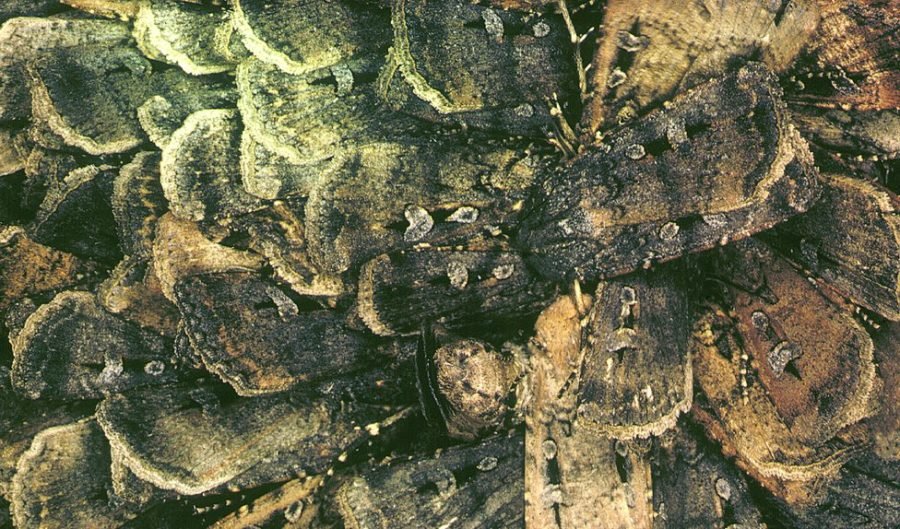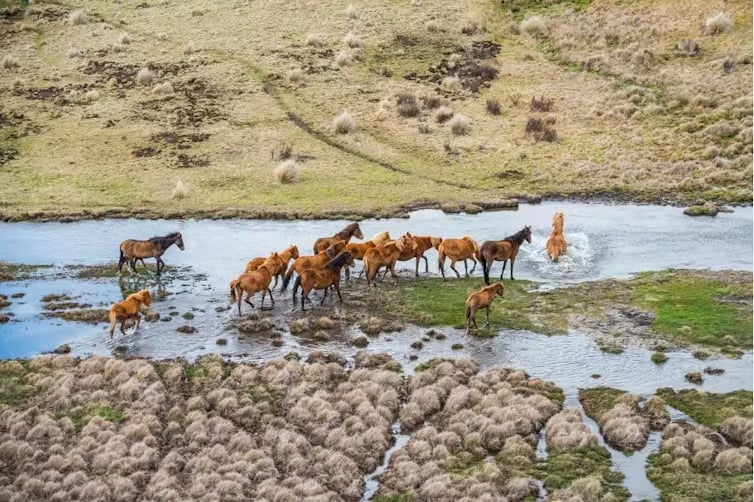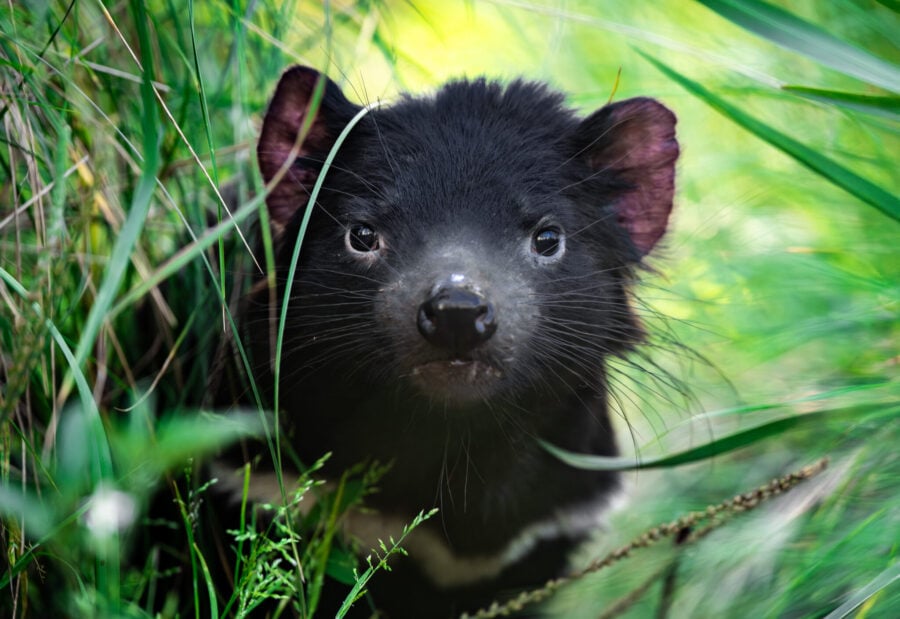The great bogong moth migration

After emerging in spring on the plains of southern Queensland, NSW and Victoria, some two thousand million bogong moths (Agrotis infusa) migrate up to a thousand kilometres to spend summer in granite caves and crannies in the Australian Alps. Not for food or mates do they travel, but just to rest. After spending summer aestivating (hibernating) they return to the plains to breed.
Aboriginal people trekked into the mountains in large numbers to feast on the resting moths, which are very sustaining, with about 60 per cent fat by dry weight. Early European settlers described them as ‘‘exceedingly nice”. I dry roasted some (with wings removed) and enjoyed the nutty taste. They are important foods for some animals, including ravens, bats, mountain pygmy possums and even trout.
Bogong moths are famous for the disruption they cause when the bright lights of Canberra and Sydney divert them on migration. When daylight drives them to shelter they end up blocking air ducts, shorting electrical circuits and invading bedrooms.

Their caterpillars munch the leaves of cabbages, potatoes, peas and other crops, and farm weeds suit them as well. Crops seem to be favoured over native plants, no doubt because irrigation and fertiliser produce high quality foliage. Native saltbushes are sometimes attacked, but their staple foods before crops were imported are unknown. Whatever these were they could sustain moths in the immense numbers known to Aborigines.
Immense migrations are believed to be a way for bogong moths to space out their lifestyle. They migrate soon after hatching, feeding on nectar along the way, then return after weeks or months of inactivity to mate and lay eggs among young crops sprouting in autumn. The humid, cool caves seem to be a better bet than staying on the hot plains, where they might dry out in the heat, and which, during summer, lack young, juicy leaves for their young.
But how do they know where to go, having never been there before? They may possess a magnetic compass sense, but no one knows how they navigate, or how they know when they have arrived.
You may have seen a bogong moth in your house without realising. They really are nothing much to look at, and with a wingspan of only 4-5cm they are far from large. If they weren’t so plentiful, they would be just another Aussie moth rather than the subject of dramatic news stories.
Why they outnumber most moths is not known. Scientists have subjected them to serious study, but that doesn’t mean we understand them well at all. Nature is often like that.





